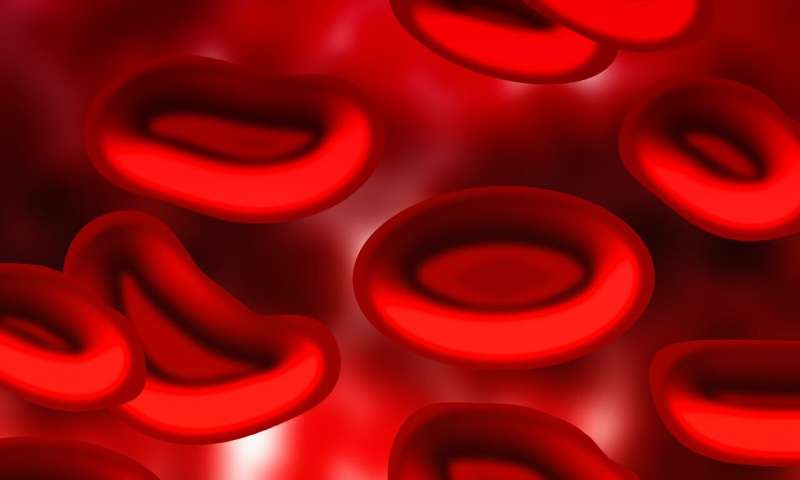HOME
Human white blood cells use molecular paddles to swim

Human white blood cells, known as leukocytes, swim using a newly described mechanism called molecular paddling, researchers report in the September 15th issue of Biophysical Journal. This microswimming mechanism could explain how both immune cells and cancer cells migrate in various fluid-filled niches in the body, for good or for harm.
"The capacity of living cells to move autonomously is fascinating and crucial for many biological functions, but mechanisms of cell migration remain partially understood," says co-senior study author Olivier Theodoly of Aix-Marseille University in France. "Our findings shed new light on the migration mechanisms of amoeboid cells, which is a crucial topic in immunology and cancer research."
Cells have evolved different strategies to migrate and explore their environment. For example, sperm cells, microalgae, and bacteria can swim through shape deformations or by using a whip-like appendage called a flagellum. By contrast, somatic mammalian cells are known to migrate by attaching to surfaces and crawling. It is widely accepted that leukocytes cannot migrate on 2-D surfaces without adhering to them.
A prior study reported that certain human white blood cells called neutrophils could swim, but no mechanism was demonstrated. Another study showed that mouse leukocytes could be artificially provoked to swim. It is widely thought that cell swimming without a flagellum requires changes in cell shape, but the precise mechanisms underlying leukocyte migration have been debated.
News Source